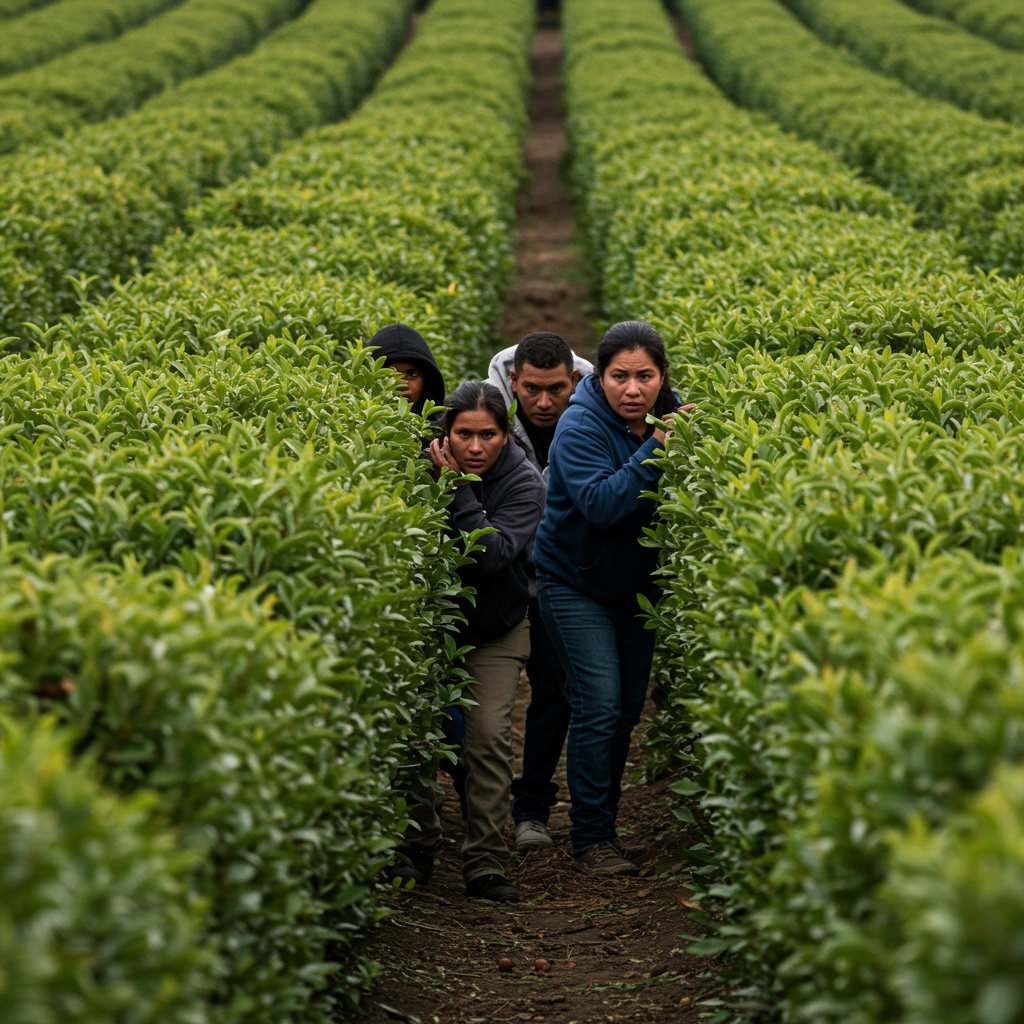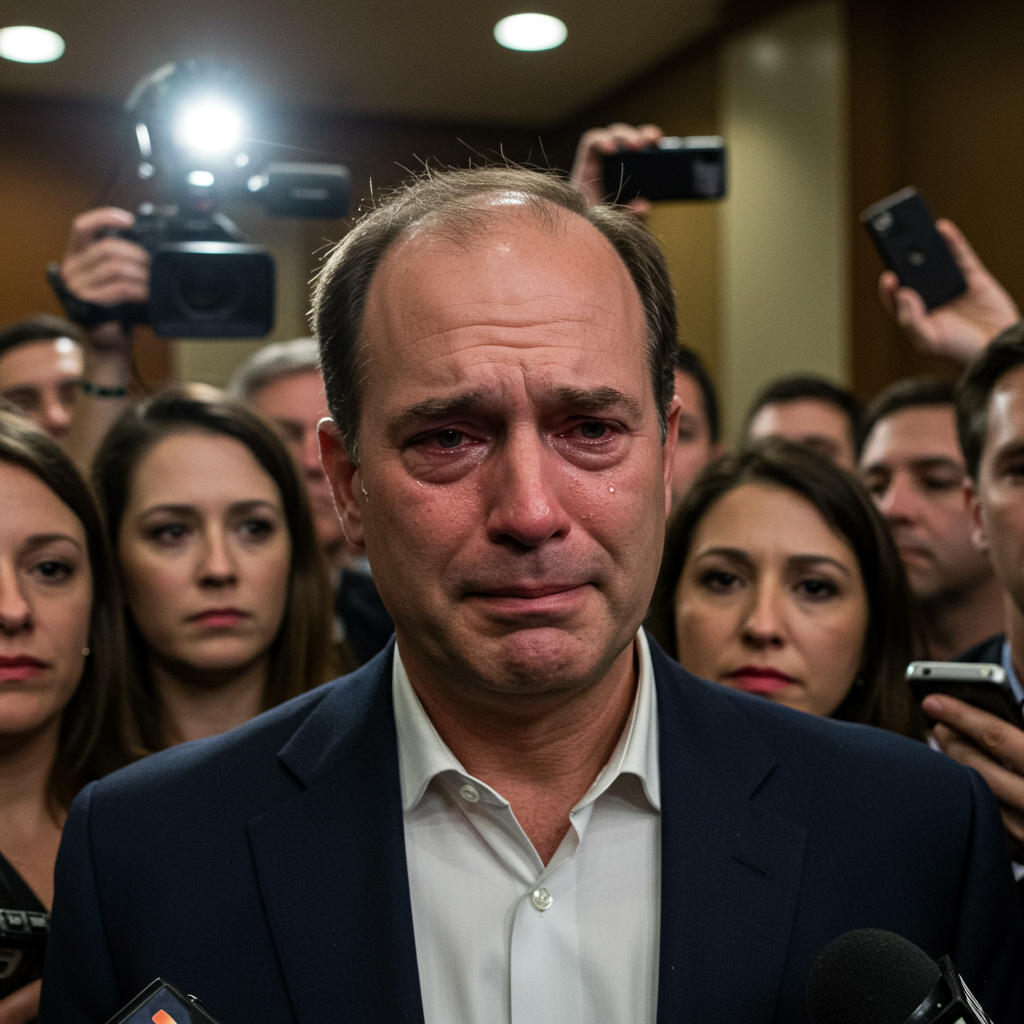Cracker Barrel Old Country Store, a beloved American institution, has been navigating turbulent waters, with its recent logo controversy merely scratching the surface of deeper, systemic issues. While a planned logo refresh sparked significant “right-wing outcry” and a swift reversal to the familiar “Old Timer” emblem, the real challenges for CEO Julie Felss Masino extend far beyond brand aesthetics. This iconic restaurant and retail chain faces a complex web of operational and financial headwinds that demand a comprehensive strategy for long-term relevance and growth in a rapidly evolving market. Understanding these core business challenges is crucial for anyone following the casual dining sector or corporate turnaround efforts.
Beyond the Logo: Unpacking Cracker Barrel’s Core Financial Struggles
The public debate over Cracker Barrel’s logo inadvertently shone a spotlight on a company grappling with dwindling financial performance for several years. Veteran retail analysts point to a consistent pattern of decline that predates any recent controversies. Over the past two fiscal years, for instance, the company has seen only minimal growth in sales. More alarmingly, operating margins, once a robust double-digit figure, have fallen into single digits, signaling increased costs or decreased pricing power. The clearest indicator of financial distress? Cracker Barrel’s earnings have decreased for three consecutive years, painting a stark picture of a business struggling to maintain profitability. These financial metrics underscore a need for fundamental change rather than superficial rebranding.
Deep-Rooted Operational Headwinds
Cracker Barrel’s unique business model, while historically successful, now presents several challenges. Unlike many of its peers, the company operates a 100% company-owned model, meaning it has no franchising. This structure, while allowing for full control, means higher capital expenditure and direct exposure to rising operational costs across all locations. The casual dining sector faces increasing expenses for both workers and ingredients, pressures that directly impact Cracker Barrel’s bottom line.
A significant hurdle is the company’s average check size, which stands at a modest $14. In an environment of rising costs, this low average makes achieving profitability more difficult without substantially increasing volume or prices, both of which have their own challenges. Furthermore, 83% of Cracker Barrel’s stores are strategically located near interstate highways, a legacy decision that has made the brand a favorite for transient travelers. While this offers a steady stream of customers, it also limits its appeal to local, repeat diners, a demographic crucial for consistent growth.
Adapting to Modern Consumer Trends
The restaurant industry is in constant flux, driven by changing consumer preferences. Cracker Barrel, traditionally known for its hearty, homestyle meals, faces pressure from the growing trend towards healthier eating. This shift poses a direct threat to a menu heavily featuring comfort food. Another critical area where Cracker Barrel lags is off-premise dining. Only 20% of its business comes from takeout or delivery, a stark contrast to the rapid growth seen in this segment across the broader industry, particularly since the pandemic.
Adding to its struggles, the company is hardly opening new stores, indicating a lack of significant expansion opportunities or a cautious approach to investment. This stagnation in new unit development limits organic growth and market penetration, further impacting overall sales. For Cracker Barrel to regain its footing, it must address these fundamental issues of customer reach, menu relevance, and adaptation to how modern consumers prefer to dine.
Leadership and the Road Ahead: A $700 Million Revival Plan
The challenges at Cracker Barrel also touch upon “unfavorable analytical intangibles.” CEO Julie Felss Masino, while at the helm, is noted to be only a marginal shareholder in the company. In contrast, former CEO Sandra Cochran remains the largest individual shareholder. This disparity could imply a perceived lack of significant personal “skin in the game” for current leadership, a factor that some analysts consider when evaluating executive commitment to long-term performance.
Despite the hurdles, Cracker Barrel is not standing still. The company has announced an ambitious revival plan, committing a substantial $700 million to rejuvenate its brand and operations. This figure represents a “whopping 55% of its market cap,” underscoring the sheer scale of investment deemed necessary to turn the tide. The plan will likely focus on improving the guest experience, modernizing restaurant interiors, refining the menu, and enhancing digital capabilities to boost off-premise sales.
However, the path to recovery is steep. Cracker Barrel’s same-store sales continue to lag behind key competitors in the broader fast-food industry, exemplified by Chipotle, and even many sit-down restaurants, such as the “resurgent Chili’s.” Citi analyst Jon Tower acknowledges that while the logo “hubbub” drew significant attention, its “lasting impact on the business is unclear.” Tower cautions that increased public attention, while generating short-term curiosity, doesn’t automatically translate into consistent visits or solve the fundamental problem of brand relevance to younger consumers. The true test for Julie Masino and her team will be whether this massive investment can successfully reposition Cracker Barrel for a new generation of diners while retaining its loyal base.
Broader Market Context: A Glimpse at Industry Contrasts
While Cracker Barrel navigates its specific challenges, the broader market offers a mixed bag of performances. The tech sector, for instance, remains highly influential, with companies like Nvidia’s earnings eagerly watched as a bellwether for market rallies. Success for such tech giants often hinges on perfect outcomes, including bullish outlooks on key markets and sustained demand. In a different retail segment, PVH Corp. (PVH), the parent company of Calvin Klein and Tommy Hilfiger, demonstrates resilience through strategic collaborations and a strong international presence. PVH recently reported a sizable earnings beat despite tariff impacts, crediting successful partnerships with figures like Bad Bunny and new F1 gear lines. CEO Stefan Larsson highlighted the strength of PVH’s “beloved” brands and its platform to drive “product strength, consumer engagement strength, and strength in the marketplace execution to drive growth with pricing power.” These contrasting narratives underscore the diverse factors driving success and struggle in today’s dynamic economic landscape, where adaptability and strategic execution are paramount.
Frequently Asked Questions
What are Cracker Barrel’s primary operational challenges?
Cracker Barrel faces several significant operational challenges, including minimal sales growth over the past two fiscal years and a decline in operating margins to single digits. Its 100% company-owned model exposes it directly to rising costs for labor and ingredients, while a low average check of $14 makes profitability difficult. The reliance on interstate highway locations limits appeal to local diners, and the company lags in off-premise business, with only 20% of sales coming from takeout or delivery. These factors, alongside stagnant new store openings and evolving healthier eating trends, highlight a need for comprehensive strategic adjustments.
How is Cracker Barrel addressing its declining relevance and financial struggles?
Cracker Barrel is undertaking an ambitious $700 million revival plan to address its declining relevance and financial struggles. This substantial investment, representing 55% of its market cap, aims to rejuvenate the brand, potentially through efforts like modernizing restaurant interiors, refining the menu, and enhancing digital capabilities. While a recent logo controversy drew attention, the long-term success of this plan will depend on its ability to attract younger consumers and improve consistent customer visits, going beyond short-term curiosity to achieve sustained growth.
Is Cracker Barrel a viable investment given its current performance and revival plan?
Evaluating Cracker Barrel as an investment requires careful consideration of its financial indicators and the scale of its revival plan. The company has seen earnings decrease for three consecutive years, and its same-store sales lag behind competitors like Chipotle and Chili’s. While the $700 million investment signals a serious commitment to change, analysts note the CEO’s marginal shareholding and the challenge of proving relevance to younger consumers. Potential investors should weigh the substantial capital injection against the deep-seated operational challenges and the uncertain timeline for a significant turnaround.
Conclusion
The Cracker Barrel Old Country Store, under the leadership of CEO Julie Felss Masino, is at a critical juncture. The highly publicized logo controversy, while distracting, served as a potent reminder that the company’s real battle lies within its foundational business model and its ability to adapt to modern consumer demands. From stagnating sales and declining margins to a reliance on transient customers and a lagging off-premise strategy, the issues are complex and interconnected. The ambitious $700 million revival plan underscores the urgency and scale of change required. For Cracker Barrel to thrive, it must successfully modernize its offerings and enhance its appeal, proving that its unique blend of restaurant and retail can remain relevant and profitable for decades to come. The coming years will be crucial in determining whether this American icon can successfully navigate its core business challenges and re-establish its position in the competitive casual dining landscape.



